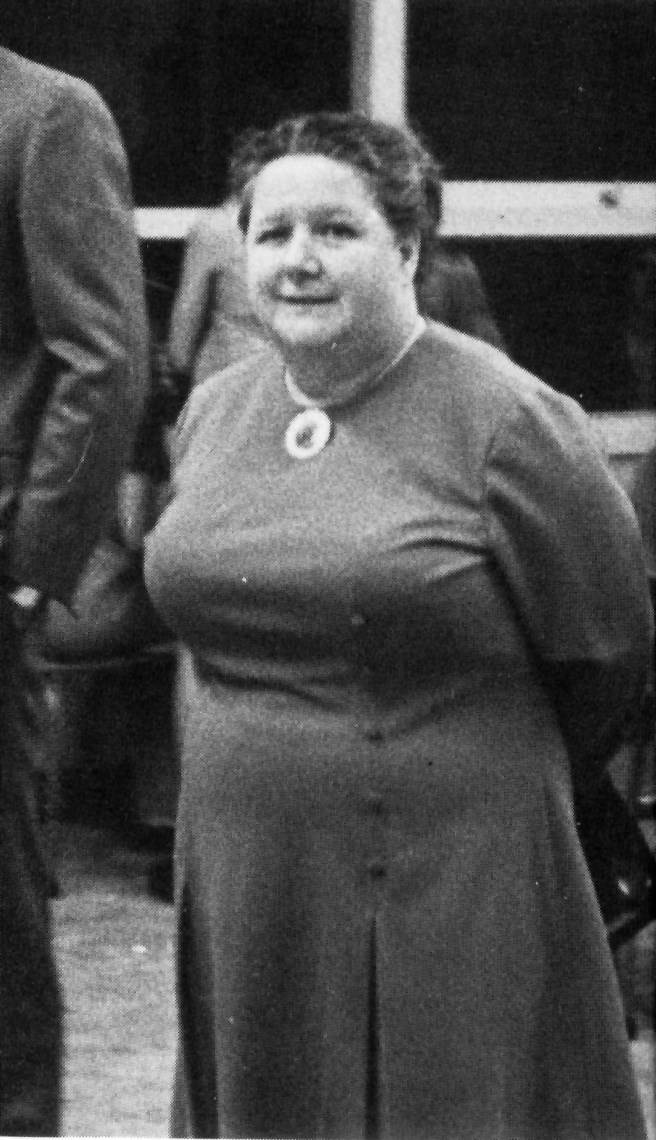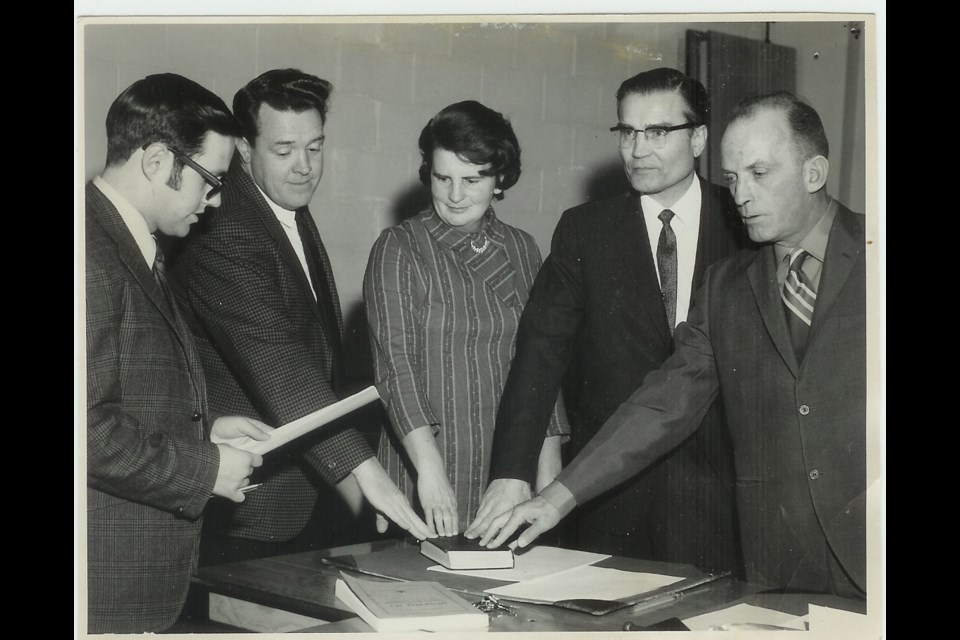At the heart of Squamish beats the hard work and efforts of local women. The pioneers set the stage for women to be at the forefront of the community today— in business, politics, sports and local organizations, says Bianca Peters, president of the Squamish Historical Society.
“You see now the seeds they planted in the past,” she says. “It’s a great thing to see such strong, powerful women in this community.”
On the surface, Squamish was a patriarchal society based on industry, like logging, and farming. Women were there quietly to fill in the gaps with hospital fundraising, rallying volunteers to build infrastructure, logger sports, and caregiving, Peters says.
“None of this would have happened,” she explains. “We were an isolated community. Until the highway in 1958, there was only a ferry that came once a week.”

There wasn’t a doctor so a sick child could die. Later, trained nurses would be essential in the polio epidemic. During the 30s Depression — a time of global scarcity — wives were in charge of feeding and caring for the entire community: Nobody felt the worst of the Depression in Squamish because women were innovative, Peters notes.
“Women are stoic,” she said. “They put up with tragedy. They’re the keepers and foundation of the community.”
But their place wasn’t just in the home: In the 70s, there was a boom of women entering business, tourism, local
They were influential educators and elected representatives, according to Eric Andersen, a local historian.
To list them all would be too long, but Andersen points to the role of women in civic affairs. One influential member of the community is Corrine Lonsdale, who served on council for 25 years and as mayor. “Community is all about connectivity,” Lonsdale told The Chief. “I think women have had just as much opportunity as men.”

Before she served on the council, there had been five women elected ahead of her. “The community we know today, it didn’t even come into being until the mid-60s,” she notes. “It was a village back then.”
Londsdale quit her job of 30 years at the Royal Bank and served nine years as mayor, choosing not to run her fourth term because she wanted to spend more time with her family and pursue a dream of spending the winter in the hot sun.
Responsible for bringing the university to town, Lonsdale acknowledges her strength lies in relationships built within and outside the corridor. “We are not something unto ourselves,” she says.
It’s more than saying any one woman did any one thing. “Many women had been part of teams that accomplished a lot,” Lonsdale explains, noting the areas of education, volunteer groups and the chamber of commerce.
When the business community is successful, she says the whole community is as well.




